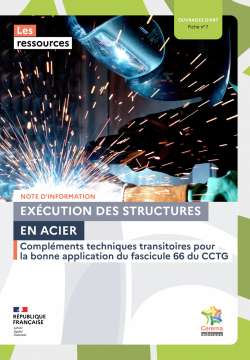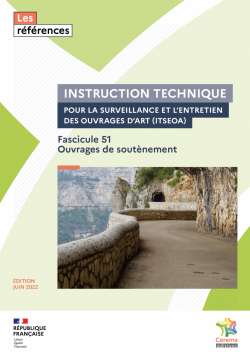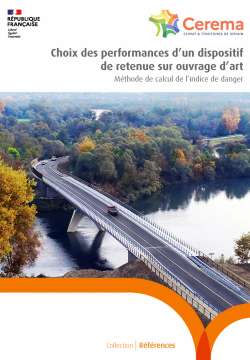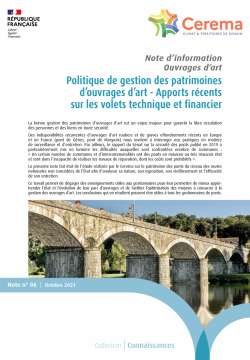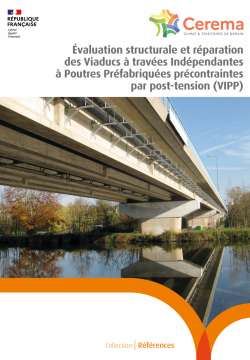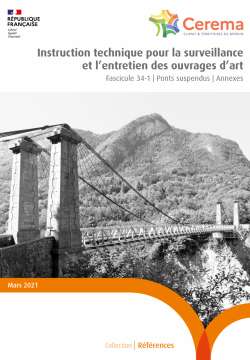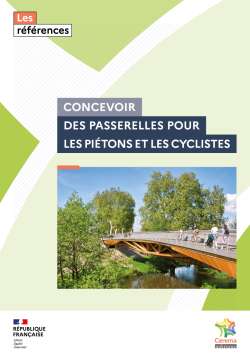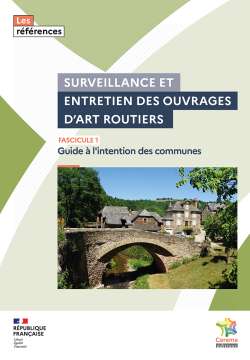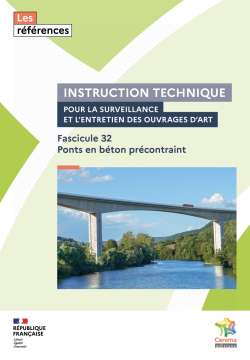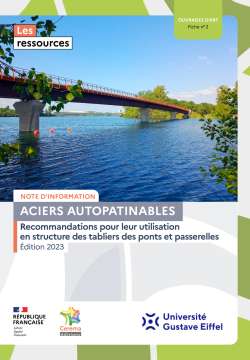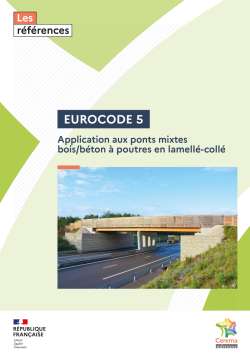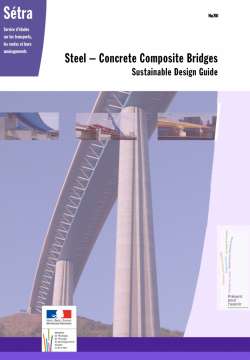
Steel – Concrete Composite Bridges
Sustainable Design Guide
Steel-concrete composite bridges, both road and rail, have experienced a veritable boom in France since the late 1970s. Whilst highly competitive, primarily in the area of medium span structures, composite bridges have consistently extended their range of usage through development specifically towards large spans, the design of which has progressed ever further away from prestressed box girder and steel structures.
Steel-concrete composite bridges, both road and rail, have experienced a veritable boom in France since the late 1970s. Whilst highly competitive, primarily in the area of medium span structures, composite bridges have consistently extended their range of usage through development specifically towards large spans, the design of which has progressed ever further away from prestressed box girder and steel structures. This guide reviews in detail the design and construction of the most common composite road structures, namely girder and box girder bridges. It is intended not only for Clients and Owners, but also design, construction and methods engineers. The present guide therefore replaces and supersedes the Sétra guide entitled "Ponts mixtes acier-béton bipoutres / Guide de conception" [twin girder steel-concrete composite bridges / design guide], published in October 1985, updating of which was necessary in relation to specific points (new design and material standards, wide structures) as well as complementing of major areas, such as box girder deck design and construction methods. This new guide also replaces and supersedes Sétra technical report No. 8, entitled "Montage des ponts métalliques" [steel bridge construction], published in 1973.



